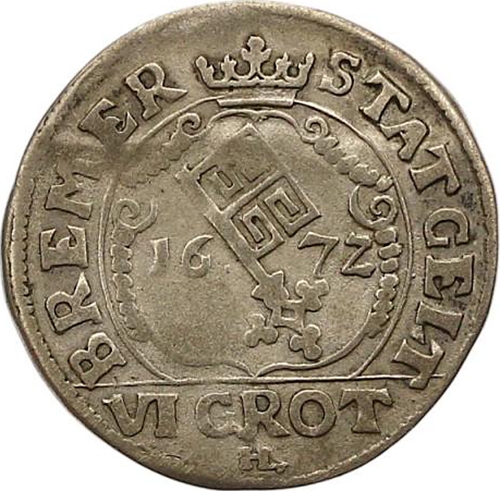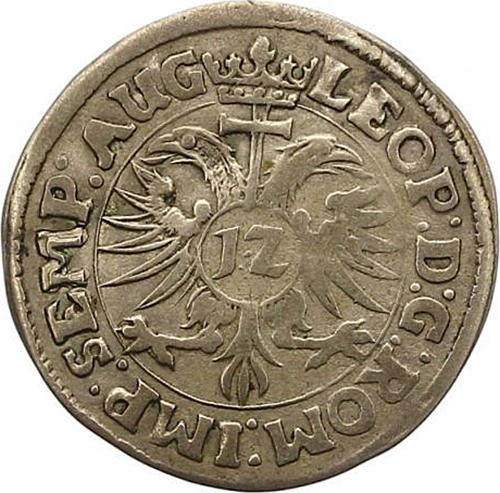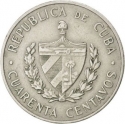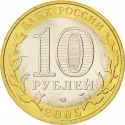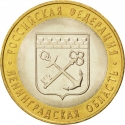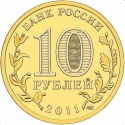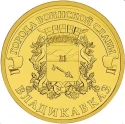You are about to finish your registration. Please check your mailbox (including spam folder). There should be a letter with a confirmation link. Check setting to make sure that your e-mail address is correct.
Send letter againDescription
In the Holy Roman Empire, the collective term free imperial city was used from the fifteenth century to denote a self-ruling city that had a certain amount of autonomy and was represented in the Imperial Diet.
Bremen appealed for an imperial confirmation of its status of imperial immediacy from 1186 (Gelnhausen Privilege). In 1646 Ferdinand III, Holy Roman Emperor, granted the requested confirmation (Diploma of Linz) to the Free Imperial City.
Obverse

|
Crowned city arms dividing the date. Value (6 Grot) below, state name above. Mint official's initials (HL, Herman Luders) on the bottom. BREMER STATGELT |
|---|---|
Reverse

|
Crowned imperial eagle, the orb on the chest containing the denomination (1/12 Thaler), surrounded bu the inscription in the name of Leopold I, Holy Roman Emperor. LEOP:D:G:ROM:IMP:SEMP:AUG: |
| Edge |
